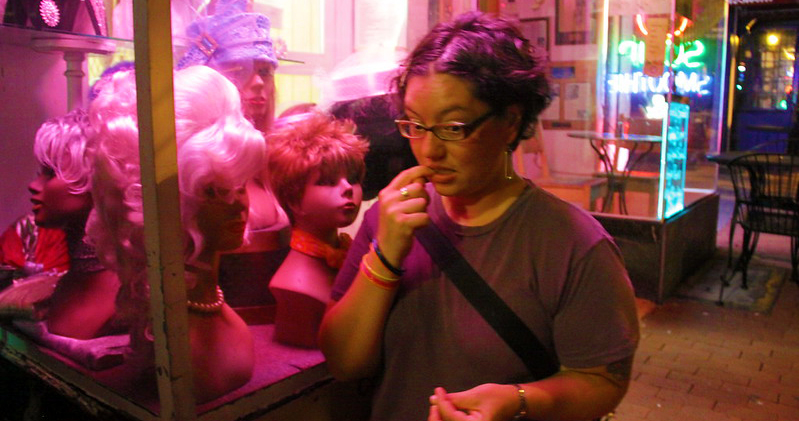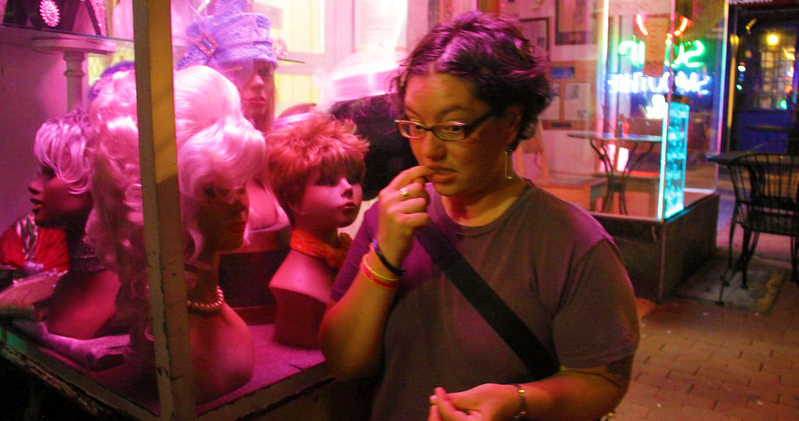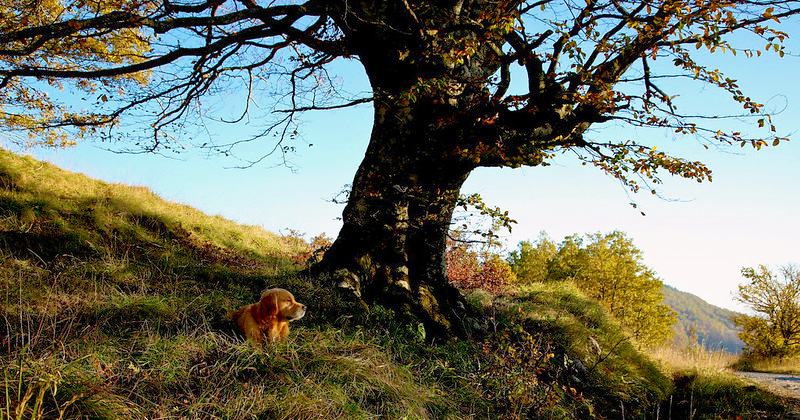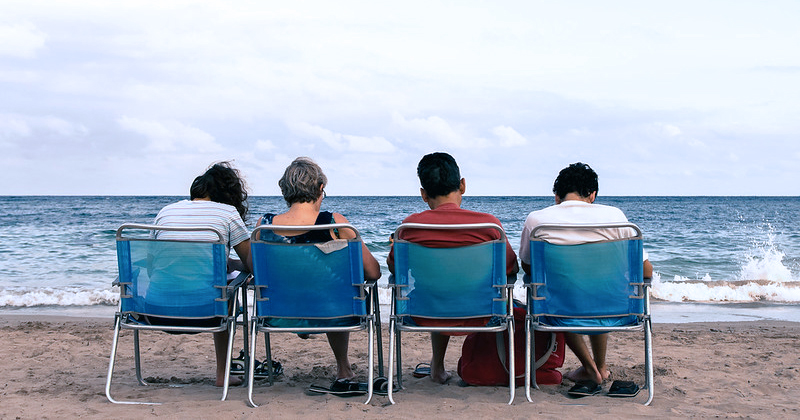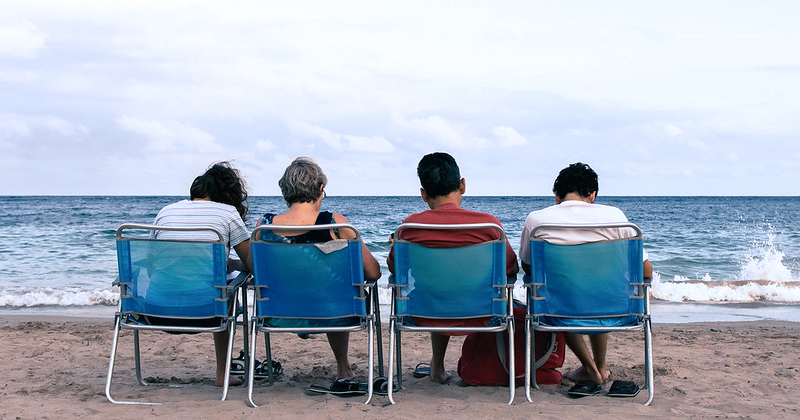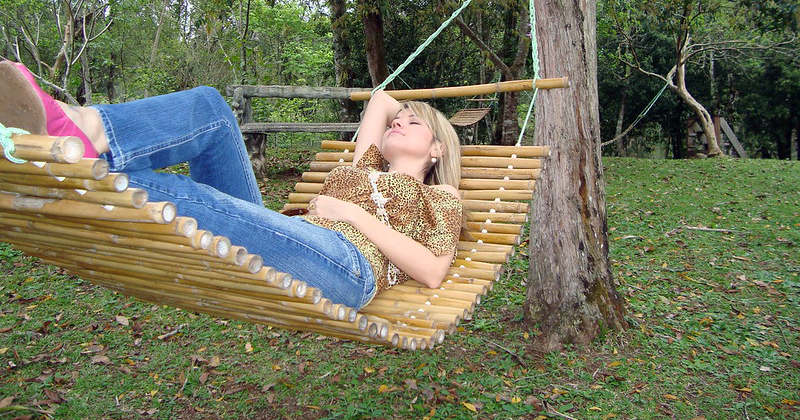Evaluación
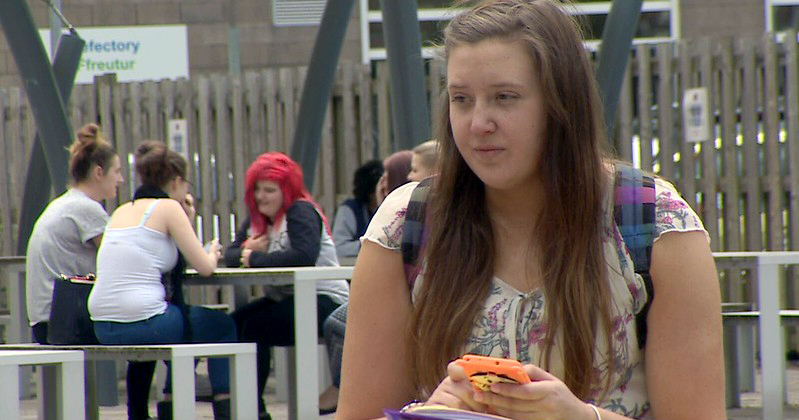
“Toda la información contenida en este apartado es de carácter orientativo. Los entornos de Psious son herramientas de apoyo terapéutico que deben ser utilizadas por el profesional de la salud dentro de un proceso de evaluación e intervención diseñado según las características y necesidades del usuario.
Recuerda además que dispones de la Guía Clínica General en la que tienes más información sobre cómo adaptar las técnicas de intervención psicológica (exposición, desensibilización sistemática, reestructuración cognitiva, economía de fichas…) a los entornos de Psious.”
Evaluación Ansiedad Social
Como se ha mencionado anteriormente, este entorno no sólo sirve para realizar exposición, sino que también es útil de cara a la evaluación.
Active el entorno habiendo dado unas mínimas instrucciones sobre lo que verá el paciente.
Durante la reproducción, podrá evaluar la conducta del paciente, tanto a nivel no verbal, si sigue la conversación buscando el contacto visual, si orienta su cuerpo, si hace gestos que acompañen su discurso, como a nivel verbal, es decir, cómo interviene, si es fluido, con volumen adecuado, etc.
Posteriormente, preguntando al paciente, también podrá evaluar lo ocurrido a nivel cognitivo.
Objetivos de evaluación
- Evaluar presencia y comorbilidad de otros trastornos emocionales, en especial otros trastornos de ansiedad.
- Evaluar ansiedad asociada a componentes: estar en una situación o actuación social donde se está expuesto a la evaluación por parte de los demás.
- Definir configuraciones estimulares temidas por el paciente y en qué grado. Elaboración jerarquía de exposición.
- Evaluar la presencia de pensamientos distorsionados: creer que los demás le están observando en exceso y que van a evaluarlo de forma negativa, subestimar sus propias capacidades, evaluar de forma excesivamente negativa de la propia actuación social, pensar que si se equivoca todos van a reírse…
Algunos instrumentos útiles para la evaluación de la Ansiedad Social
Una vez que tenemos la información de la evaluación podemos proceder a elaborar la jerarquía de exposición. Para ello, además de utilizar los datos obtenidos durante la valoración inicial, podemos realizar una serie de preguntas (ej. ¿Qué nivel de malestar, en una escala de 0 a 100, te genera estar en un bar hablando con unos amigos?, ¿Qué nivel de malestar, en una escala de 0 a 100, te generaría tener que pedir a una camarera que te cambiará la bebida?, ¿Crees que hay algo que pueda generarte un malestar aún mayor?…) dirigidas a planificar la intervención mediante la realidad virtual.
Para una evaluación completa del problema se utilizará una combinación de los siguientes instrumentos:
- Entrevista abierta o semiestructurada.
- Entrevista estructurada: Entrevista para los Trastornos de Ansiedad según el DSM-IV (ADIS-IV)
- Observación y auto-observación (con autoregistro):
- Test de aproximación in vivo y/o mediante realidad virtual
- Autorregistro de Relajación
- Escala TOP-8
- Índice Global de Duke DGRP
AUTO-INFORMES
- Escala de Ansiedad y Evitación Social (SADS)
- Inventario de Ansiedad y Fobia Social (SPAI)
- Escala de Miedo a la Evaluación Negativa (FNES)
- Escala de Ansiedad ante la Interacción (IAS)
- Autoinformes Psious para la elaboración de la jerarquía
Algunos instrumentos útiles para la evaluación de la ansiedad social
Una vez que tenemos la información de la evaluación podemos proceder a elaborar la jerarquía de exposición. Para ello, además de utilizar los datos obtenidos durante la valoración inicial, podemos realizar una serie de preguntas (ej. ¿Qué nivel de malestar, en una escala de 0 a 100, te genera estar en un bar hablando con unos amigos?, ¿Qué nivel de malestar, en una escala de 0 a 100, te generaría tener que pedir a una camarera que te cambiara la bebida?, ¿Crees que hay algo que pueda generarte un malestar aún mayor?…) dirigidas a planificar la intervención mediante la realidad virtual.
A continuación se presentan una serie de ítems que se podrían utilizar para crear una jerarquía adecuada para tratar la ansiedad social con Psious. Hay que tener en cuenta que podríamos preguntar al paciente sobre la ansiedad que le generan dichos ítems, y a partir de esto, ir graduando los distintos elementos de la jerarquía.
- Estar en un bar con unos amigos.
- Que después de hacer una intervención en una conversación con amigos, uno de ellos te haga un comentario crítico.
- Tener que pedir dónde está el baño de un bar.
- Que un amigo te pida de forma poco amable que llames a la camarera.
- Tener que dar las gracias a tu compañero porque ha pagado la cuenta.
- Que te pidan opinión sobre cine.
- Recibir una respuesta amable de la camarera al pedirle la bebida.
